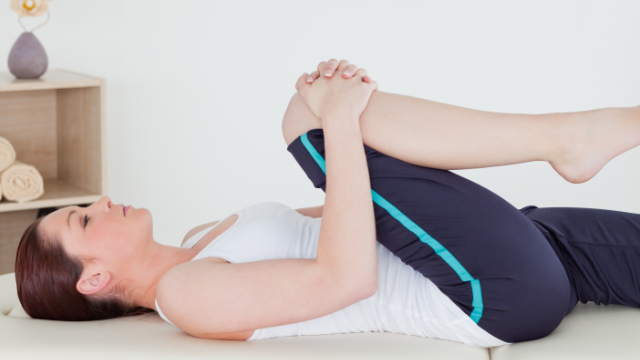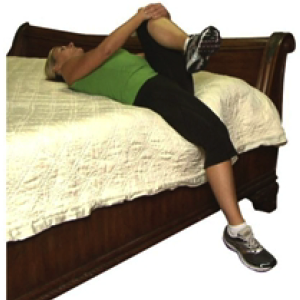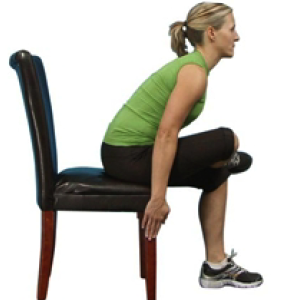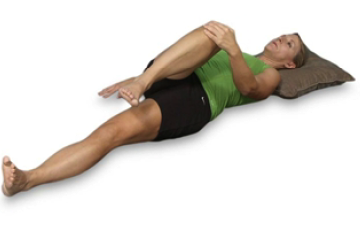
As we saw in our last newsletter, there are a number of issues that can develop in the hip that can go on to cause pain and dysfunction. These problems can strike at any age, but are more likely to develop later in life and in females, as the highest incidence of hip pain occurs in women aged 40-60 years.
In most cases, a combination of age-related changes and overuse are to blame, while traumatic injury may be the culprit for some patients. Whatever the cause, the toll that hip pain takes is often quite similar, as patients will variably lose their ability to move and function freely. Walking, running, and sitting/standing typically becoming more challenging, and these limitations will only persist if no interventions are taken.
While it’s not possible to reverse or stop natural age-related changes, there are several steps you can take to lower your chances of experiencing hip pain. One of the most beneficial tactics is to regularly perform exercises that focus on the muscles and joints of the hip and its supporting structures. Doing so will improve the strength and flexibility of the hip joint, which will lead to less strain and better overall functioning that equates to a reduced injury risk. Below are the three best exercises to prevent hip pain:
NOTE: Before you try these or any other exercise program, please consult with your physical therapist or physician.
- Supine hip flexor stretch
- Lie flat on your back on a bed with one leg hanging over the side
- Pull your opposite knee tight toward your chest until a comfortable stretch is felt
- Hold this stretch for 30 seconds
- Complete three repetitions on each leg
- Sitting piriformis stretch
- While sitting on a chair, cross one leg over your opposite knee
- Slowly bend your body forward until a comfortable stretch is felt
- Hold this stretch for 30 seconds
- Complete three repetitions on each leg
- Supine piriformis stretch
- Lie on your back on the ground
- Bend one knee up and grab it with your opposite hand
- Pull your leg across your body, toward your shoulder, until a comfortable stretch is felt
- Hold this stretch for 30 seconds
- Complete three repetitions on each leg



Regularly performing these stretches will keep your hips mobile and your risk for hip pain down. But if problems do still manage to arise, it’s best to consult with a physical therapist, who will perform a comprehensive evaluation and design a personalized treatment program that’s suitable for your needs, abilities, and goals.
